Fostering Cultural Understanding and Authentic Meaningful Contexts.
Project-Based Learning STEM aligns with these two very powerful ESL strategies.
Let me explain how.
Project-Based Learning (PBL) is an instructional approach that emphasizes student-centered learning through engaging in real-world projects. It involves students working on challenging, open-ended problems or tasks that require them to apply knowledge and skills from various disciplines. PBL integrates the principles of STEM (Science, Technology, Engineering, and Mathematics) education by incorporating these subjects into the project design and implementation.
STEM ( Science, Technology, Engineering, and Mathematics.)-focused PBL projects provide students with opportunities to explore scientific concepts, apply mathematical principles, engage in technological problem-solving, and utilize engineering design processes. Students collaborate, investigate, analyze data, experiment, and create solutions to authentic problems, fostering critical thinking, creativity, and innovation.
By combining PBL with STEM, students not only develop a deeper understanding of the subject matter but also enhance their problem-solving, teamwork, and communication skills. They learn to think critically, ask questions, and seek solutions while making connections between classroom learning and real-world applications. This approach encourages students to become active learners and prepares them for future careers in STEM fields.
Overall, Project-Based Learning STEM projects provide a dynamic and immersive learning experience that promotes inquiry, hands-on exploration, and the integration of multiple disciplines, preparing students to become skilled problem solvers and lifelong learners in the STEM fields.
- Authentic and Meaningful Contexts: Project-Based Learning STEM provides students with real-world contexts and authentic tasks, allowing them to apply language skills in practical and meaningful ways.
- Language Integration: Students engage in language-rich activities throughout the project, integrating language learning with STEM concepts and skills.
- Collaborative Learning: Project-Based Learning STEM encourages collaboration and teamwork among students as they work together to solve problems, share ideas, and complete projects.
- Critical Thinking and Problem-Solving: Students develop critical thinking skills as they analyze problems, generate solutions, and make informed decisions during the project.
- Hands-on Learning: Project-Based Learning STEM offers hands-on experiences that promote active engagement and deeper understanding of STEM concepts.
- Multimodal Instruction: Students engage with various modes of communication and representation, including visual aids, diagrams, charts, and technology tools, to enhance their understanding and expression of STEM concepts.
- Scaffolded Instruction: Project-Based Learning STEM provides structured support and guidance to students throughout the project, gradually releasing responsibility as they gain confidence and competence.
- Language Support: Teachers incorporate language support strategies such as explicit vocabulary instruction, sentence frames, and modeling of language use to assist ELL students in understanding and expressing STEM concepts.
- Assessment for Learning: Project-Based Learning STEM includes ongoing formative assessment to monitor student progress, provide feedback, and guide instructional decisions to meet individual student needs.
- Culturally Responsive Teaching: Project-Based Learning STEM allows students to bring their diverse cultural backgrounds and perspectives into the projects, promoting inclusivity and valuing their unique contributions.
- While Project-Based Learning STEM may not align with all of the specific strategies in the list, it incorporates several essential strategies that support language development, critical thinking, collaboration, and hands-on learning in the ESL context.
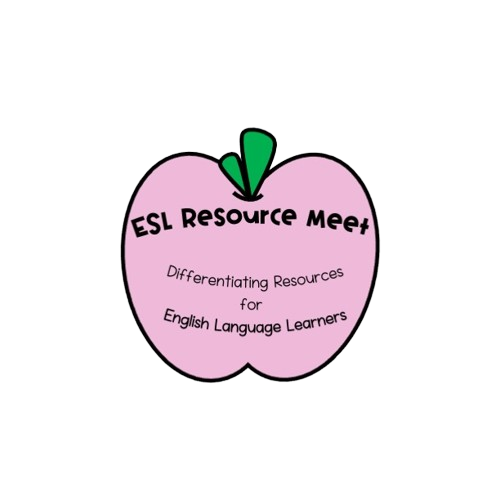





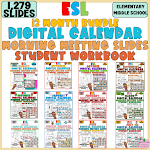


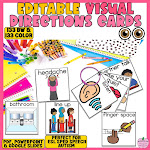













































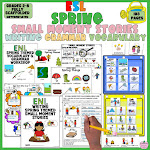























































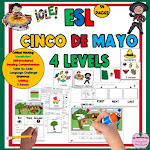
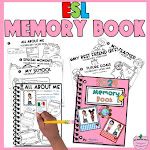




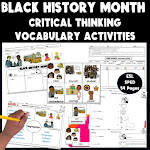





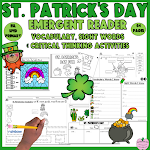



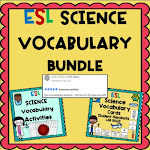










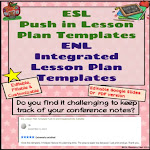




0 Comments